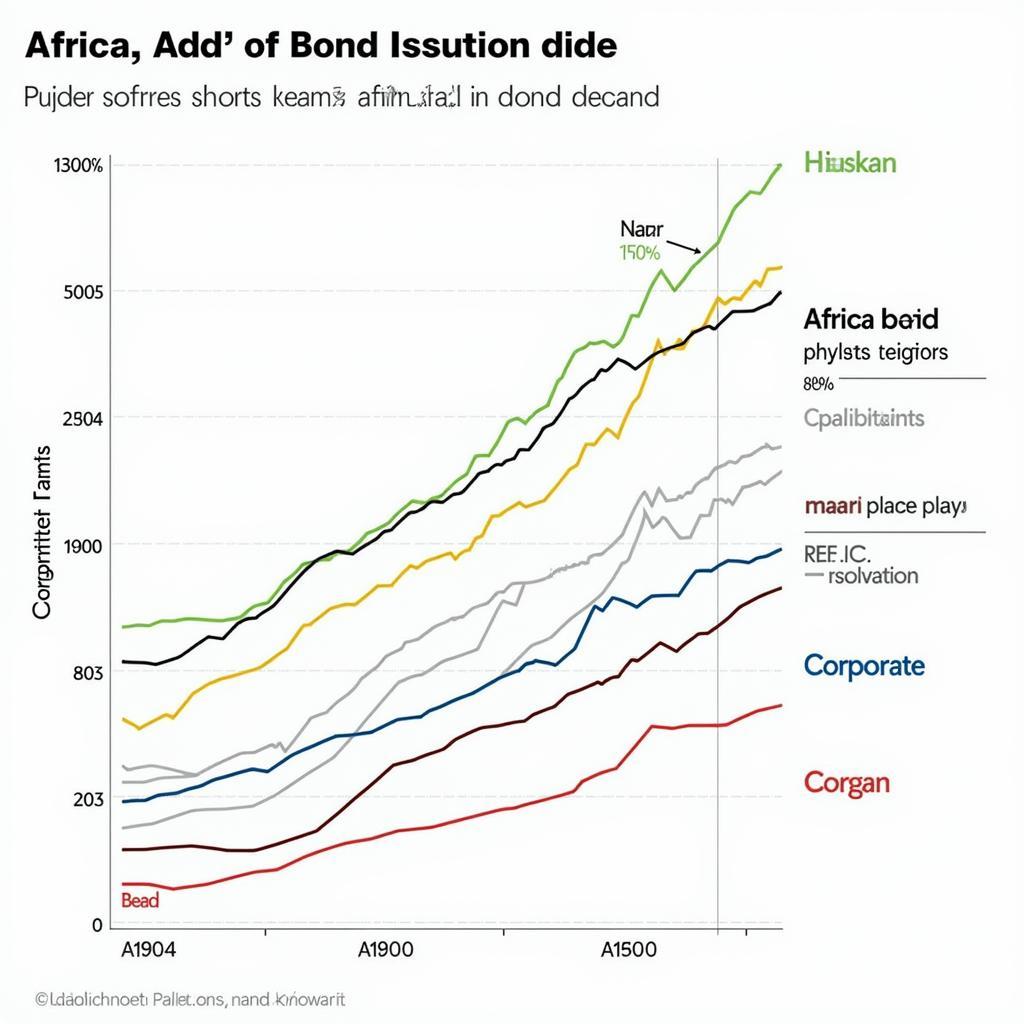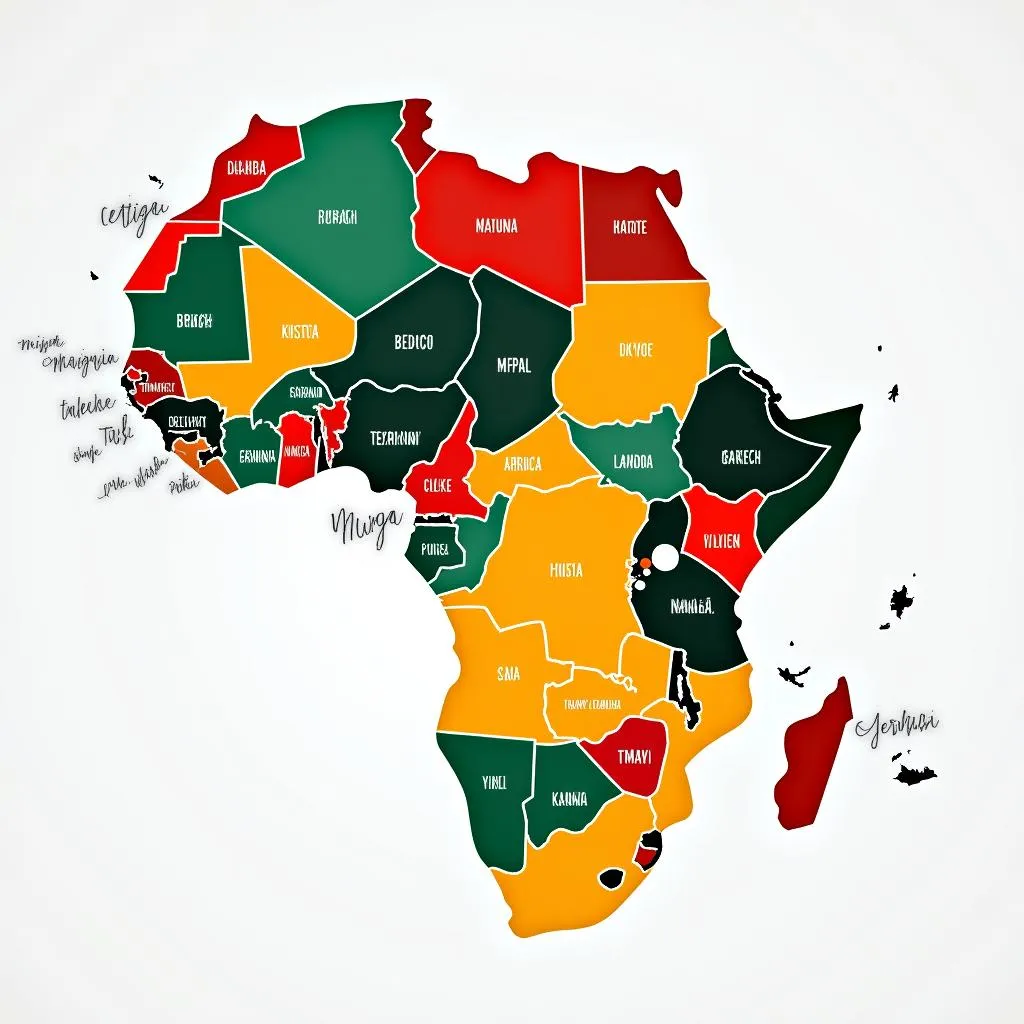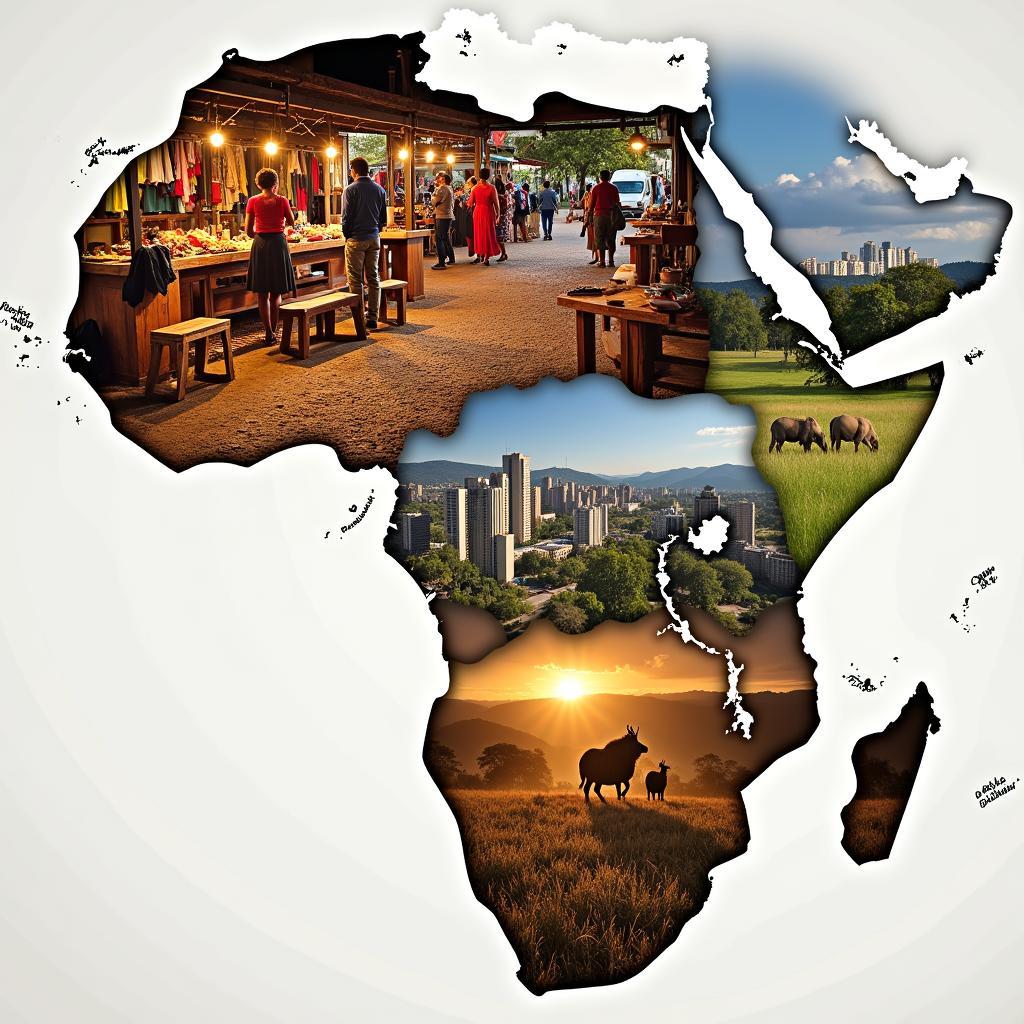Unveiling the Majestic African Elephant Length
African Elephant Length is a fascinating topic that reveals much about these magnificent creatures. From the tip of their trunk to the end of their tail, African elephants embody power and grace, roaming the vast landscapes of Africa. Their size, of course, plays a significant role in their survival and dominance within their ecosystem. Understanding the variations in African elephant length offers valuable insights into their ecology and the challenges they face in a changing world.
Exploring the Factors Influencing African Elephant Length
Several factors contribute to the variation in African elephant length. Firstly, there’s the distinction between the two subspecies: the African bush elephant ( Loxodonta africana) and the African forest elephant (Loxodonta cyclotis). The bush elephant, as its name suggests, inhabits the savannas and grasslands, while the forest elephant resides in the dense forests of Central and West Africa. Bush elephants are considerably larger than their forest-dwelling counterparts.
Secondly, age plays a crucial role in determining African elephant length. Like humans, elephants continue to grow throughout their lives, although the rate of growth slows down significantly after they reach adulthood. Therefore, an older elephant will generally be longer than a younger one.
Sex also influences African elephant length. Males are typically larger than females, reaching greater lengths and heights. This sexual dimorphism is common in many mammal species and is related to competition for mates and dominance within the herd.
Finally, environmental factors such as food availability and overall habitat quality can also impact an elephant’s growth and therefore its length. Elephants in areas with abundant resources tend to grow larger than those in regions with limited food and water.
How Long is an African Elephant? Decoding the Measurements
So, just how long is an African elephant? On average, an adult male African bush elephant can measure between 6 to 7.5 meters (20 to 25 feet) in length, from the tip of their trunk to the tip of their tail. Females are slightly smaller, typically ranging from 5.5 to 6.9 meters (18 to 23 feet) in length. African forest elephants are considerably smaller, with males averaging around 4.5 to 6 meters (15 to 20 feet) and females reaching 4 to 5.5 meters (13 to 18 feet). It’s important to note that these are average measurements, and individual elephants can vary significantly in size.
How to Measure an African Elephant’s Length?
Accurately measuring an African elephant’s length in the wild can be challenging. Researchers often rely on photographic evidence and estimations based on known landmarks or objects in the environment. For captive elephants, the process is easier, with direct measurements taken using tape measures or laser rangefinders.
The Significance of African Elephant Length in their Ecosystem
The impressive African elephant length plays a vital role in their ecosystem. Their size allows them to browse high in the trees, reaching vegetation inaccessible to smaller herbivores. This contributes to shaping the landscape and influencing the distribution of plant species.
Moreover, African elephant length allows them to dig for water during dry periods, creating waterholes that benefit other animals. Their large size also provides protection against predators, although young calves are still vulnerable.
African elephant tusks are a prominent feature, adding to their overall length and playing a vital role in their survival.
Conclusion: Appreciating the Majestic African Elephant Length
African elephant length is a testament to the magnificent adaptation of these creatures to their environment. From their immense size to their intricate social structures, elephants continue to fascinate and inspire us. Understanding the factors that influence their length allows us to appreciate their ecological significance and the importance of conservation efforts to protect these giants of the African savanna and forests.
Frequently Asked Questions about African Elephant Length
- What is the average African elephant length? The average length varies between subspecies and sex, but adult male African bush elephants can reach 6-7.5 meters, while females typically range from 5.5-6.9 meters. Forest elephants are smaller.
- Why are male elephants longer than females? Sexual dimorphism, where males are larger than females, is common in many mammals and is linked to competition for mates and dominance within the herd.
- How does age affect African elephant length? Elephants, like humans, continue to grow throughout their lives, so older elephants are generally longer than younger ones.
- What environmental factors impact African elephant length? Food availability and habitat quality can influence an elephant’s growth and therefore its length.
- How do researchers measure African elephant length in the wild? They often use photographic evidence and estimations based on known landmarks or objects, while direct measurements are possible with captive elephants.
African elephant tusk length also contributes significantly to their overall impressive size. The African bull elephant penis is another remarkable aspect of their anatomy, reflecting their reproductive capabilities. Understanding the physical attributes of the African bush elephant male provides valuable insights into their role within the ecosystem.
You might also be interested in learning more about the African elephant skull.
When needing assistance, don’t hesitate to contact us. Phone: +255768904061, Email: kaka.mag@gmail.com, or visit us at: Mbarali DC Mawindi, Kangaga, Tanzania. Our customer service team is available 24/7.




